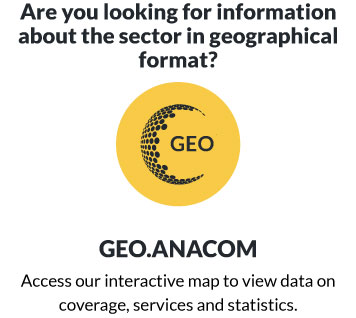In December 2008, ANACOM contracted the Academic Team to carry out a scientific research project on broadband, coordinated by this Authority and ANATEL, the Brazilian regulator of telecommunications.
Starting from the principal that the predisposition of a user to switch operator is offset by satisfaction with the provided service, the study seeks to identify factors which contribute to this satisfaction. These factors are: the change of technological platform, speed, reliability of service, clarity in billing, as well as services contracted in a “bundle”, which implies higher transaction costs in the event of switching.
The results of the study, with respect to broadband use, indicate that the volume of hours is relatively consistent among the different age groups and regions of Portugal, while the type of use is relatively similar for users of fixed and mobile broadband. It is also interesting to note that, as a rule, lower hourly volume of use is reported for older people, while at the same time greater volume of hourly use is reported for wealthier users.
The study suggests that users of fixed broadband differ from users of mobile broadband in terms of education and income, insofar as mobile broadband users are more likely to have completed higher education and to own two or more cars. The results also suggest that older citizens, with lower levels of income and of education, are less likely to access the Internet, regardless of the access technology platform.
It is noted by the Academic Team (Dr. Janice Hauge, University of North Texas, Dr. Mark Jamison, Director, Public Utility Research Center, University of Florida, and Dr. Mircea Marcu, University of Florida) that the data which would allow validation of whether the different technology platforms are substitutable or not is limited. It is also noted that fixed broadband is valued by those who want to access the Internet at home with high speeds, while mobile broadband is valued by those with a more mobile lifestyle. The study further emphasises that residential users who benefit from more than one type of access generally have higher levels of income and education than other users, as well as having a lower average age (around thirty-one) than other users (around thirty-six)
The study was concluded in September.
Consult:
- Scientific research project coordinated by ICP-ANACOM and ANATEL with a focus on mobile broadband - Final Report https://www.anacom.pt/render.jsp?contentId=986269




